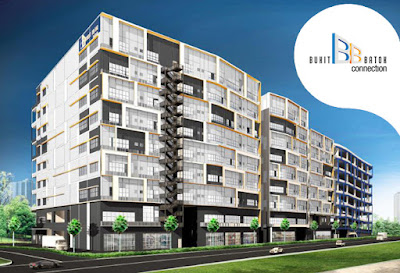In this final blog on S-REITs in 2016, I want to record a heart felt good bye to Saizen REIT as we knew it. The REIT was one of my largest investments in the S-REITs universe for many years. It was an asset play and an income stock that amply rewarded my strategy of being paid while I waited.
Now, this brings us nicely to the importance of investing in income producing assets. For many of us, not having passive income means working till the day we die. It would also probably mean having a weaker ability to cope with very real financial challenges in life such as inflation.
If you are a new reader, I hope my experience inspires you to consider investing for income (if you are not doing it already) for a financially more secure future.
2016 full year income from S-REITs.
2. Funds to partially finance the purchase of a building, 2 Bukit Batok St 23, which has an initial annual rental of $8 million.
Mostly, I am just collecting dividends regularly and letting professional managers take care of the day to day operations.
S$ 452,243.52
If we were to exclude all income distributions from Saizen REIT this year, total income from S-REITs in 2016 would only be:
S$ 66,933.70
Quite shocking how much smaller the number is, isn't it? This shows how big an investment I had in Saizen REIT.
The lower income, without any contribution from Saizen REIT, translates to S$ 5,577.80 a month.
This is still quite comfortable for one person to live off but unless I can make up for it somewhere, this lower income from my investments in S-REITs is something I would have to live with in future.
Of course, if you have been following my blog, you would know what I have been doing to make up for the shortfall.
A few years back, I had 5 relatively large investments in S-REITs. Today, only 2 are left.
If you are wondering which 2, with the value of my investment in Saizen REIT drastically reduced in the past year,
AIMS AMP Capital Industrial REIT
and
First REIT
are now the only S-REITs which have significantly more weight in my portfolio.
Some might remember that, a few years ago, I drastically reduced my exposure to LMIR and Sabana REIT for different reasons, locking in some decent gains in the process. So, my S-REIT portfolio has been shrinking in size for some time.
With interest rates probably going higher, there is a reasonable need to be cautious when investing in S-REITs but there is no need to be pessimistic.
In response to a reader who was rather pessimistic:
The worry is probably common amongst investors.
This was a conversation with a reader who raised two questions:
What do I find more important?
1. Relatively reasonable gearing.
2. Relatively strong cash flow.
3. Relatively good manager.
(If you want to listen to AK talking to himself a bit more, go to related post #3 at the end of the blog.)


















































